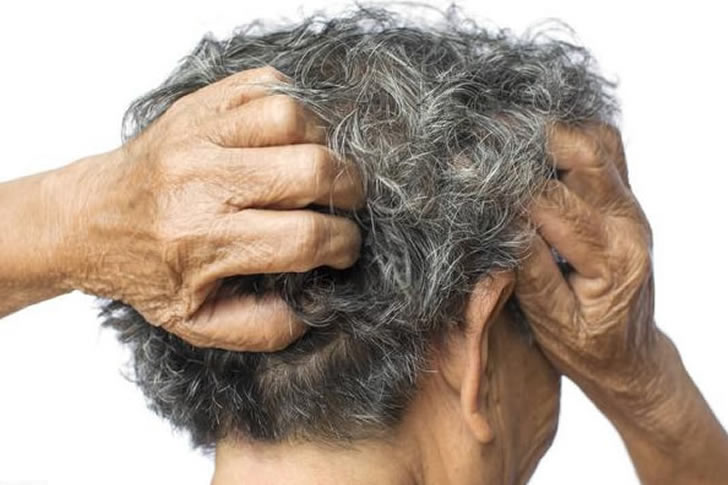What You Need to Know About Plaque Psoriasis Treatment
Plaque psoriasis is a chronic autoimmune condition that affects the skin, causing red, scaly patches known as plaques. These patches often appear on the scalp, knees, elbows, and lower back, but can develop on any part of the body. According to the National Psoriasis Foundation, approximately 7.5 million Americans suffer from psoriasis, making it a prevalent skin condition.

Understanding Plaque Psoriasis
Plaque psoriasis is characterized by an acceleration of the skin cell life cycle. Skin cells that typically take weeks to grow and shed now do so in just days. This rapid turnover leads to the cells piling up on the surface of the skin, forming plaques. The exact cause of psoriasis is not fully understood, but it is known to have a genetic component and can be triggered by factors such as stress, skin injuries, and certain medications.
Diagnosis
Diagnosis of plaque psoriasis is primarily clinical. Healthcare providers can usually diagnose the condition by examining the affected skin. Occasionally, a biopsy is performed to rule out other skin disorders.
Treatment Options
Treatment for plaque psoriasis varies depending on the severity and location of the patches, as well as the patient’s overall health and treatment preferences.
- Topical Treatments: These are often the first line of defense and include corticosteroids, vitamin D analogues, anthralin, and topical retinoids. According to a study by the American Academy of Dermatology, topical treatments alone are sufficient for mild to moderate psoriasis in 80% of cases.
- Phototherapy: This involves exposing the skin to ultraviolet light under medical supervision and is effective for moderate to severe plaque psoriasis. The National Psoriasis Foundation reports that about 70% of patients receiving regular phototherapy sessions achieve a significant reduction in symptoms.
- Systemic Medications: For severe psoriasis or cases unresponsive to other treatments, oral or injected medications that affect the whole body may be used. These include methotrexate, cyclosporine, and biologics. Biologics, in particular, target specific parts of the immune system and have revolutionized psoriasis treatment over the last two decades.
- Lifestyle Changes: Patients are also advised to make lifestyle changes such as maintaining a healthy weight, avoiding tobacco, and managing stress, which can significantly impact psoriasis.
- Alternative Therapies: Some patients find relief using alternative therapies such as aloe vera, fish oil supplements, and Oregon grape topical applications. A systematic review published in the Journal of the American Medical Association found that these treatments can offer marginal benefits.
Navigating Treatment
Choosing the right treatment involves discussing with healthcare providers the pros and cons of each option, considering factors like treatment effectiveness, potential side effects, and cost. It’s important for patients to be actively involved in their treatment planning.
Monitoring and Ongoing Care
Regular follow-ups with healthcare providers are crucial to monitor the effectiveness of the treatment and make adjustments as necessary. Patients should be vigilant for potential side effects of systemic treatments, which can include liver damage, kidney issues, and increased risk of infection.







Recent Comments